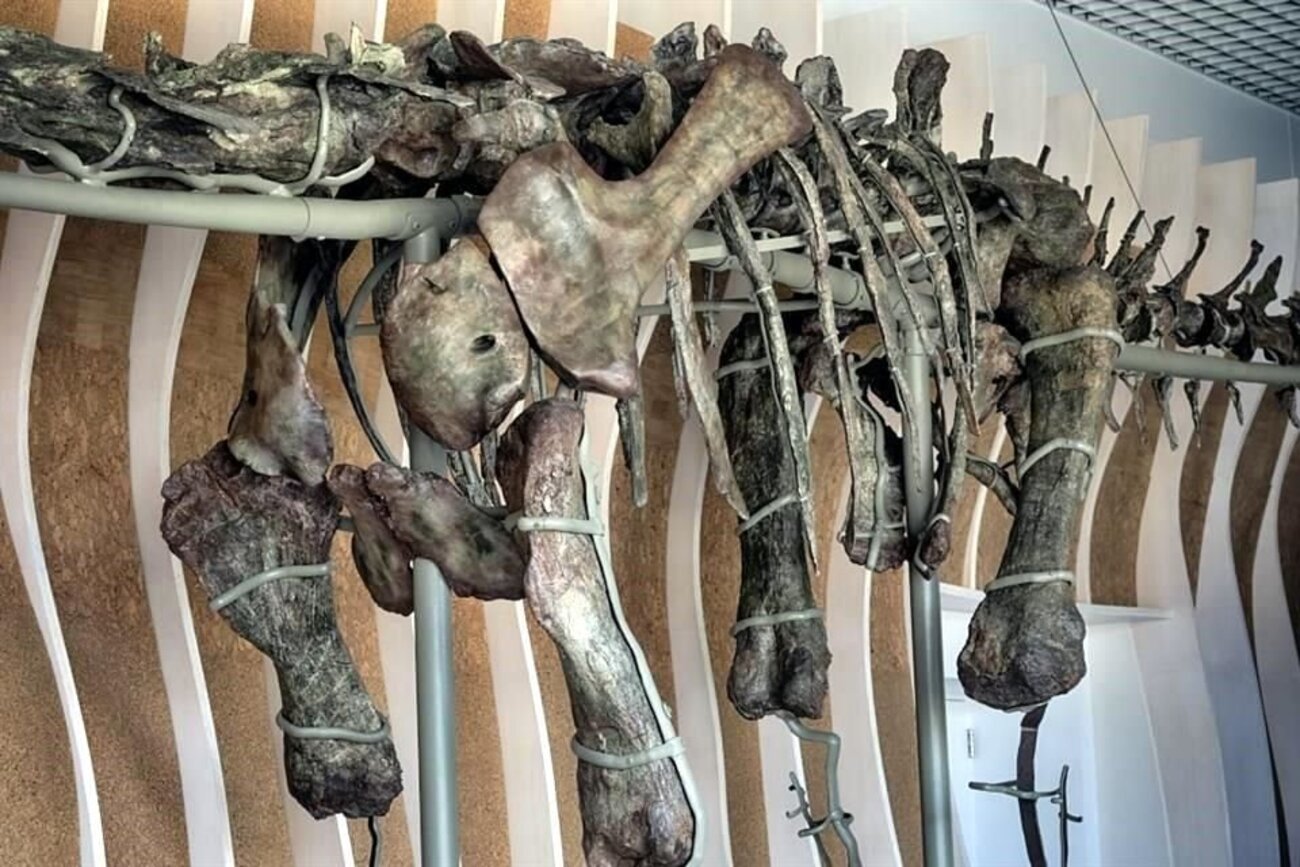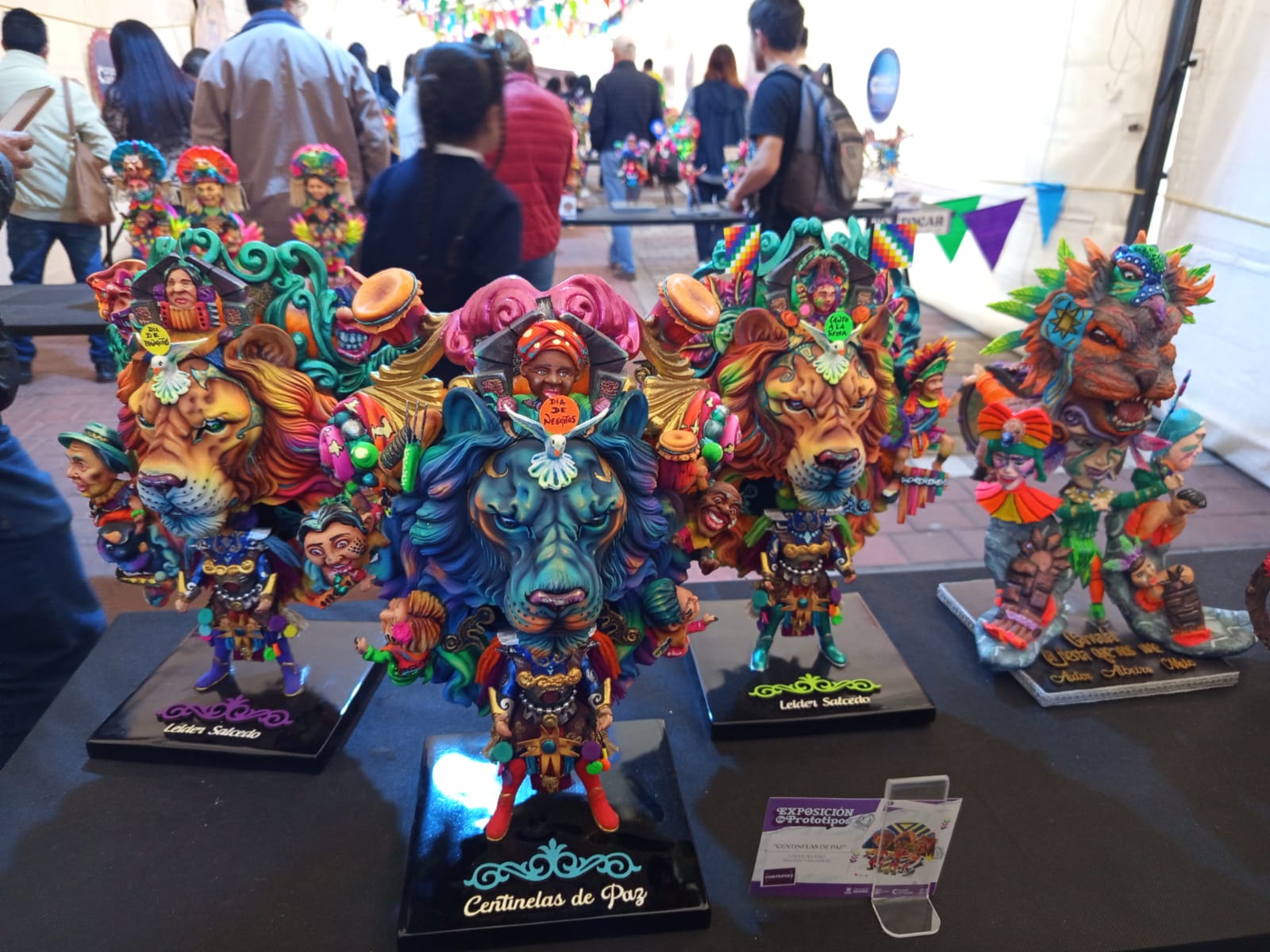
The cochineal: an insect that colored the world Mexican red
With works by artists from Tintoretto to Vincent Van Gogh, Mexico City's Palace of Fine Arts is presenting the exhibition "Mexican Red: the Cochineal in Art," the first ever dedicated to the artistic use of an insect.
"Here the exhibit, more than a painter or a period, focuses on the color itself: the raw material," Miguel Angel Gonzalez, historian at the Palace of Fine Arts, told EFE.
Gonzalez said the cochineal (Dactylopius coccus), an insect originally domesticated by Indians in pre-Columbian Mexico, had been "a plague that destroyed prickly pear cacti."
In colonial days it was one of New Spain's great contributions after silver, since it was exported from the Mexican states of Oaxaca, Puebla and Tlaxcala to Spain, from where it was traded around the world.
When Europe discovered the quality of the cochineal's color, the "carmine of the Indies" became the color that dyed symbols of political, religious and civil power like clothing and other fine textiles.
"In the royal palaces of France, Spain and elsewhere, there were complete rooms decorated with cochineal - those were the red rooms, the most luxurious," Gonzalez said.
The "Mexican Red" exhibition shows such paintings as "Vincent's Bedroom in Arles" (1889) by Van Gogh from the Musee d'Orsay in Pais, and "Christ Carried to the Tomb" (c. 1550) by Tintoretto, from the Scottish National Gallery, previously analyzed to confirm the use of cochineal in the red tones of the works.
CONTENIDO RELACIONADO
Also included are prints from Japan from past centuries, equally analyzed to make sure of their cochineal content.
Taking part in the analyses were specialists from museums around the world, notably from the Prado in Madrid, the National Gallery in London and the curator general of the study, Georges Roque, a French philosopher and art historian.
The 75 original works that make up the exhibition are on loan from 16 domestic and 11 international collections.
Cochineal red is currently produced in 15 Mexican states, but its largest production is in Peru, Bolivia, Chile and the Canary Islands.
It is also used in the cosmetic, chemical, pharmaceutical and food industries, since it is a non-toxic, noncarcinogenic pigment, according to Miguel Angel Gonzalez.
"When we come to the Van Gogh, people always laugh when I tell them he ate the pigment, but we've all eaten cochineals," he said.
The Mexico City Palace of Fine Arts will keep the "Mexican Red: the Cochineal in Art" exhibition on view until Feb. 4.










DEJE UN COMENTARIO:
¡Únete a la discusión! Deja un comentario.